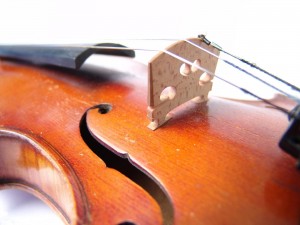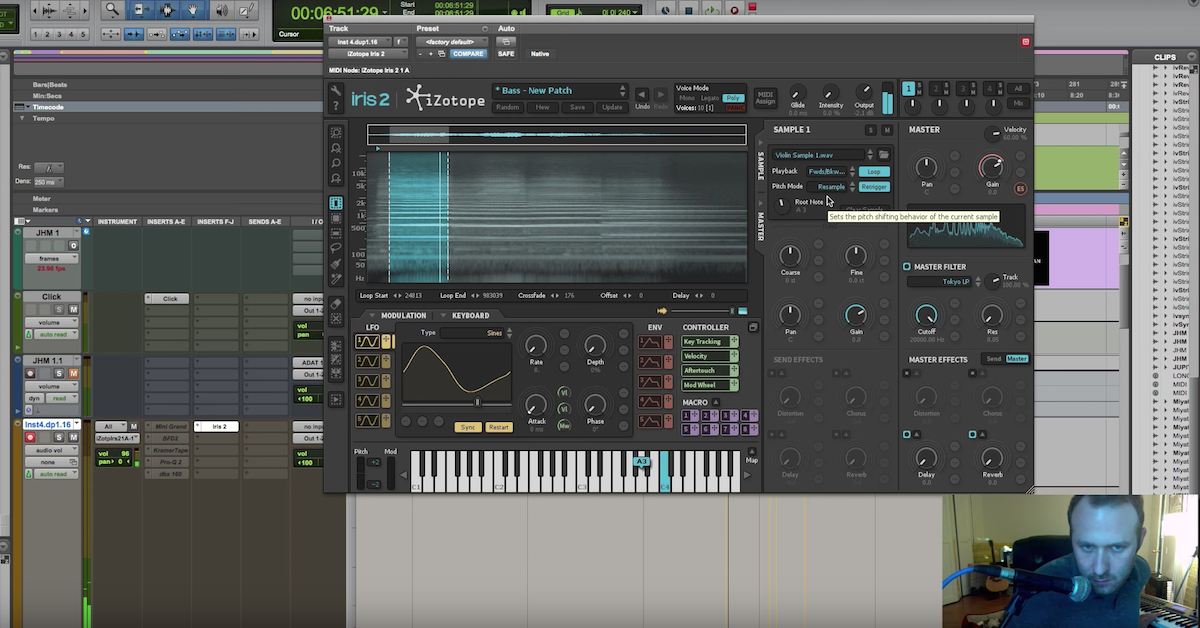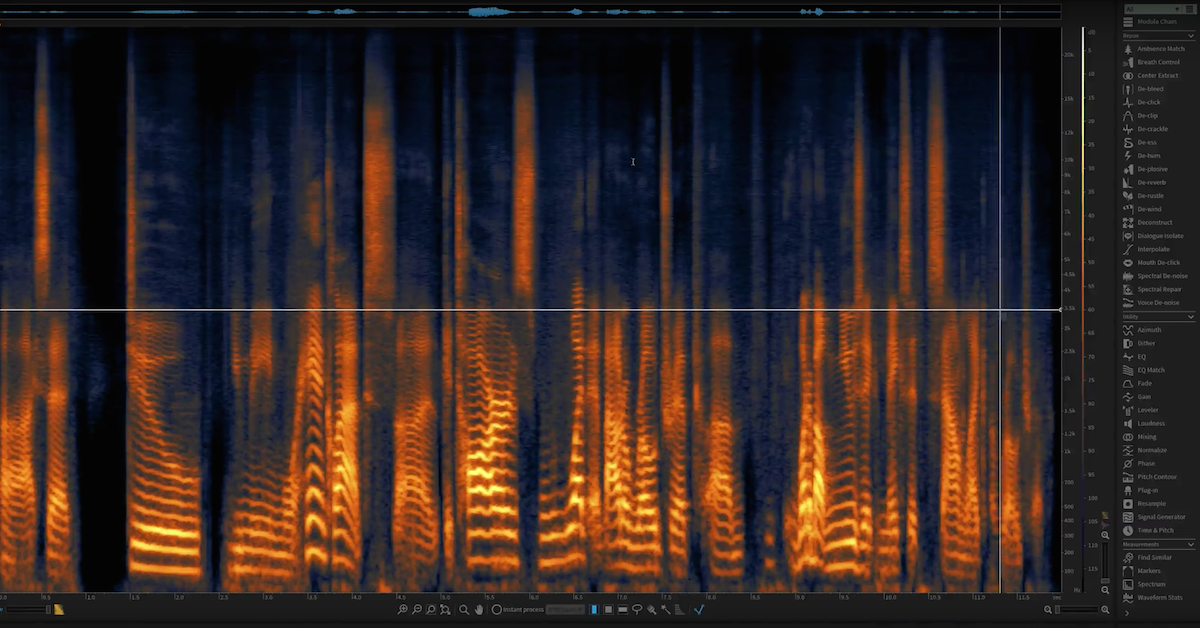Pro Audio as an Art Form
Article Content
We’re All Artists
There are many aspects of creating music. Whether we realize it or not, we are all artists — from the engineer that positions the microphone to the designer of the microphone, which is a serious art form itself that we tend to take for granted. Music is undoubtedly an art-form, but with it comes multiple levels of “art.”
The Unsung Heroes
Those of us in the pro audio world are the unsung heroes, the people behind the scenes that complete the creative process that starts deep within the mind. When we are immersed in the moment, whether it’s designing an electronic circuit or listening to a mix, we lose ourselves in it, and that is spiritual practice in its most natural form. How does this affect our work and what is our role as an artist?
I’d like to challenge your thinking on some topics as they relate to our responsibility to the music industry. Our role is to provide the artists (musicians) with the tools they need to complete their art. Are we doing that the best we can? Some of these topics we might expand on in future articles.
Since our ears are our most important tool we have, the first thing we must start with is our ear’s “point of reference”
What’s Your Point of Reference?
My first real (understood) “point of reference” might be my first instrument: the violin. If you’ve never played one, just imagine a resonating box held tightly between your cheek and shoulder! The player is bombarded with the attack, sustain, decay and release of the rich harmonic content produced by the instrument, both in the ears and through their bone structure.
But as a fiddle player, there is nothing sadder than purchasing a recent recording and thinking to myself “is that a real violin, or a midi keyboard part pretending to be a violin?” The digital process has stripped much of the information from my “point of reference” so it doesn’t “sound right,” which causes frustration in the artist and debilitates the creative process for all involved.
Several years ago I was at an AES convention with Mr. Rupert Neve. A bright young gentleman walked up and said very excitedly “Mr. Neve, I have invented a new EQ algorithm!” Rupert turned to him and said simply “what does it sound like?” At that moment the poor fellow, who looked like a deer in the headlights, simply said “but…. but.. it’s an algorithm!” and walked away astonished. Nobody had ever asked him this question before!
I hope some of these thoughts get you thinking about the idea of pro audio as an art form. Though we as recording/mixing engineers may never get the mainstream credit or attention we deserve for helping make an album sound or feel a certain way, we are a huge piece of the puzzle, and must stay focused on our work!




